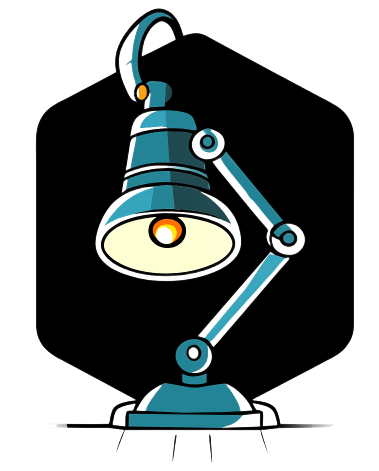Che differenza c'è tra Git e GitHub?
Introduction
In this document, we will discuss how to structure text using Markdown syntax. Markdown is a lightweight markup language that allows you to format text easily.
Headings
Headings are created by using one or more hash (#) symbols at the beginning of a line. The number of hash symbols determines the level of the heading. For example:
- A single hash symbol (#) creates a level 1 heading.
- Two hash symbols (##) create a level 2 heading.
- Three hash symbols (###) create a level 3 heading.
Lists
Markdown supports both ordered and unordered lists. To create an unordered list, use a hyphen (-) or an asterisk (*) followed by a space. For example:
- Item 1
- Item 2
- Item 3
To create an ordered list, use numbers followed by a period (.) and a space. For example:
- First item
- Second item
- Third item
Emphasis
Markdown allows you to emphasize text by using asterisks (*) or underscores (_) around the text. For example:
- Italic text
- Italic text
To make text bold, use double asterisks (**) or double underscores (__). For example:
- Bold text
- Bold text
Links
To create a link, use square brackets [] followed by parentheses () containing the URL. For example:
Conclusion
Markdown is a simple and effective way to format text. With its lightweight syntax, it is widely used for writing documentation, creating web content, and more.
